Kedarnath Temple The Complete Guide to the Holy Land of Lord Shiva
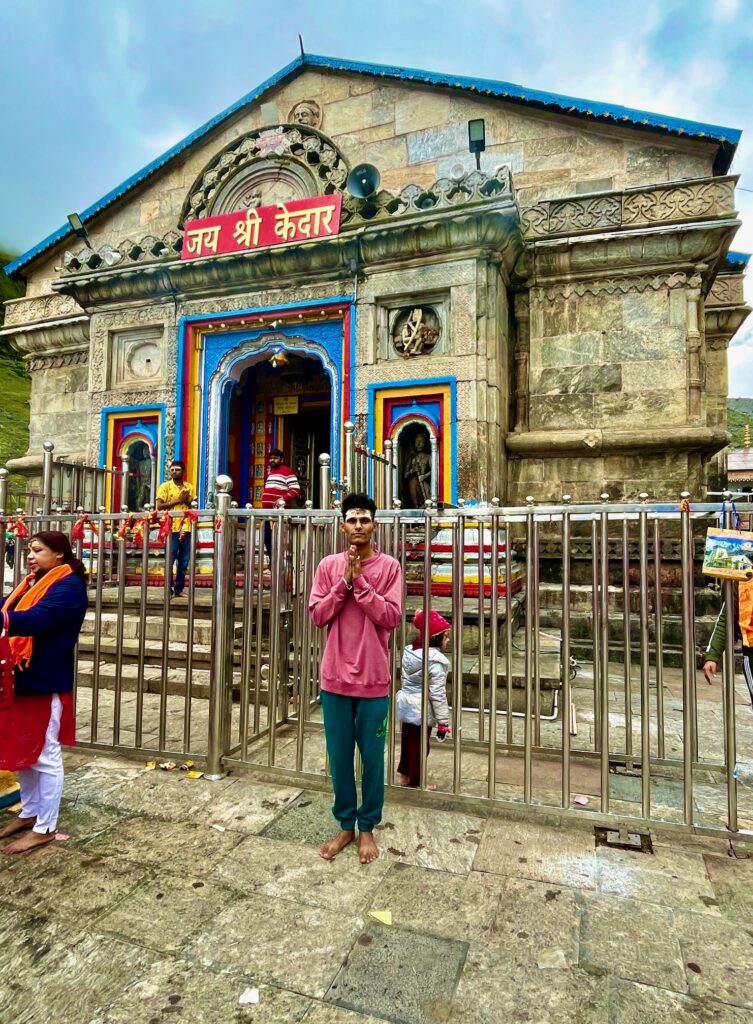
Introduction
The Kedarnath Temple is one of the holiest Hindu temples dedicated to Lord Shiva. Located in the Rudraprayag district of Uttarakhand, India, the temple is a part of the Char Dham Yatra and is one of the 12 Jyotirlingas in India. Surrounded by snow-capped mountains and the Mandakini river flowing nearby, the temple is not only a spiritual destination but also a breathtaking sight in the Himalayas.
1. History and Mythology
The history of the Kedarnath Temple is deeply connected to Hindu mythology. It is believed that:
After the war of Mahabharata, the Pandavas felt guilty of killing their relatives and sought the blessings of Lord Shiva to get forgiveness.
Lord Shiva did not want to forgive them easily, so he disguised himself as a bull (Nandi) and hid in the Himalayas.
When the Pandavas found him, he tried to escape underground, and when he disappeared, his hump remained on the surface.
That spot became the place where the Kedarnath temple was built.
The temple we see today was rebuilt by Adi Shankaracharya in the 8th century AD.
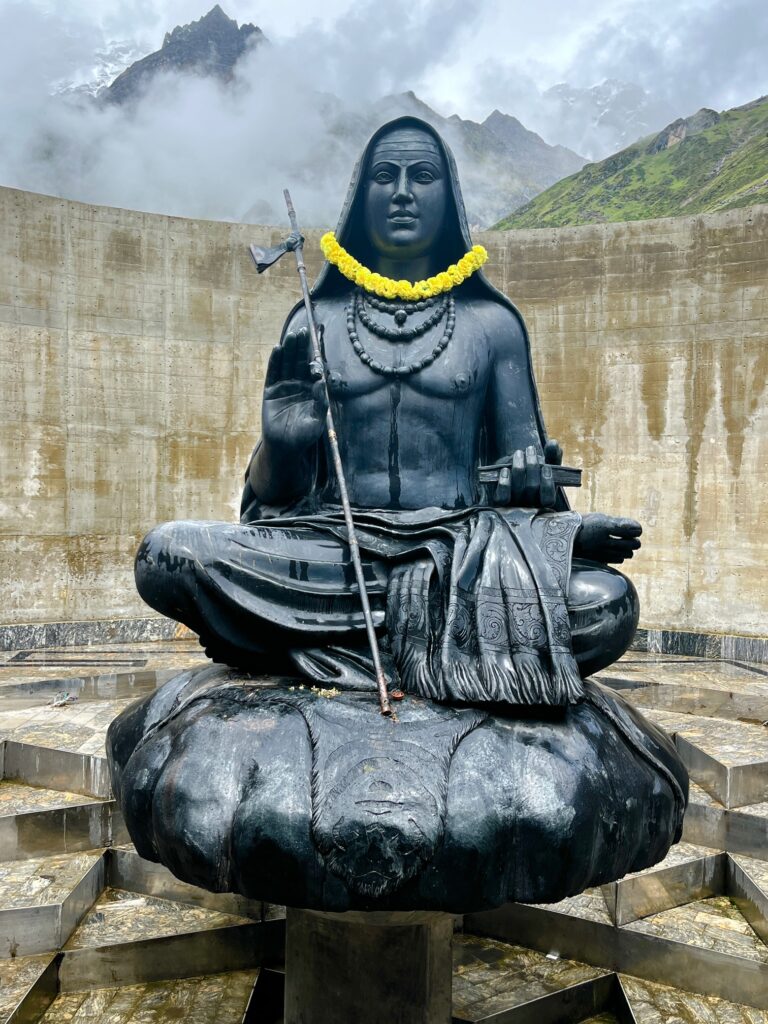
Table of Contents
- Kedarnath Temple – The Complete Guide to the Holy Land of Lord Shiva
- 1. History and Mythology
- 2. Religious Significance
- 3. Location and Surroundings
- 4. Architecture of the Temple
- 5. How to Reach Kedarnath Temple
- 6. Best Time to Visit
- 7. Tips for visitors
- 8. Places to visit near Kedarnath
- 9. Spiritual Experience
2. Religious Significance
Kedarnath is one of the holiest pilgrimage sites in India. It is:
One of the Char Dham (four important pilgrimage sites).
One of the Panch Kedar (five temples dedicated to Lord Shiva in the Garhwal Himalayas).
A Jyotirlinga, a devotional representation of Lord Shiva.
Devotees believe that a visit to Kedarnath washes away sins and leads to moksha (liberation).
3. Location and Surroundings
Elevation: 3,583 m (11,755 ft) above sea level.
Region: Located near the mouth of the Mandakini River in the Garhwal Himalayan range.
View: Kedarnath is surrounded by beautiful snow-capped peaks like Chaukhamba and Kedar Dome.
Despite its high altitude and harsh weather conditions, the place exudes a peaceful and divine atmosphere.
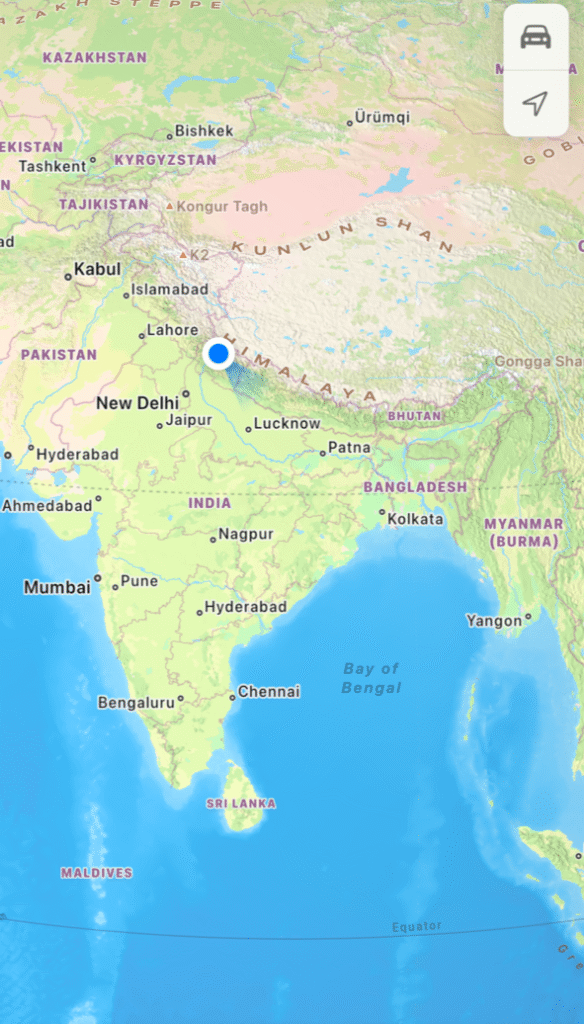
4. Architecture of the Temple
Built from large stone slabs on a rectangular platform.
Cement or mortar has not been used; the stones have been joined with precision.
The temple is conical in shape, with the garbhagriha (inner sanctum) where the Shiva linga (in the form of a hump) is placed.
The temple has withstood many earthquakes, floods and natural disasters – most notably, the temple remained almost untouched in the 2013 floods, while the surrounding area was badly damaged. A huge rock behind the temple diverted the floodwaters and protected the temple.
5. How to Reach Kedarnath Temple
Step 1: Reach Gaurikund
By Train: The nearest railway stations are Rishikesh, Haridwar or Dehradun.
By Road: Go to Sonprayag, then take a local jeep or taxi to Gaurikund.
By Air: The nearest airport is Jolly Grant Airport (Dehradun).
Step 2: Trek to Kedarnath Temple
The 16 km trek to Kedarnath starts from Gaurikund.
This route is steep and challenging, but you can also use:
Palki (palanquin)
Ponies/horses
Helicopter services (from Phata, Sersi or Guptkashi)
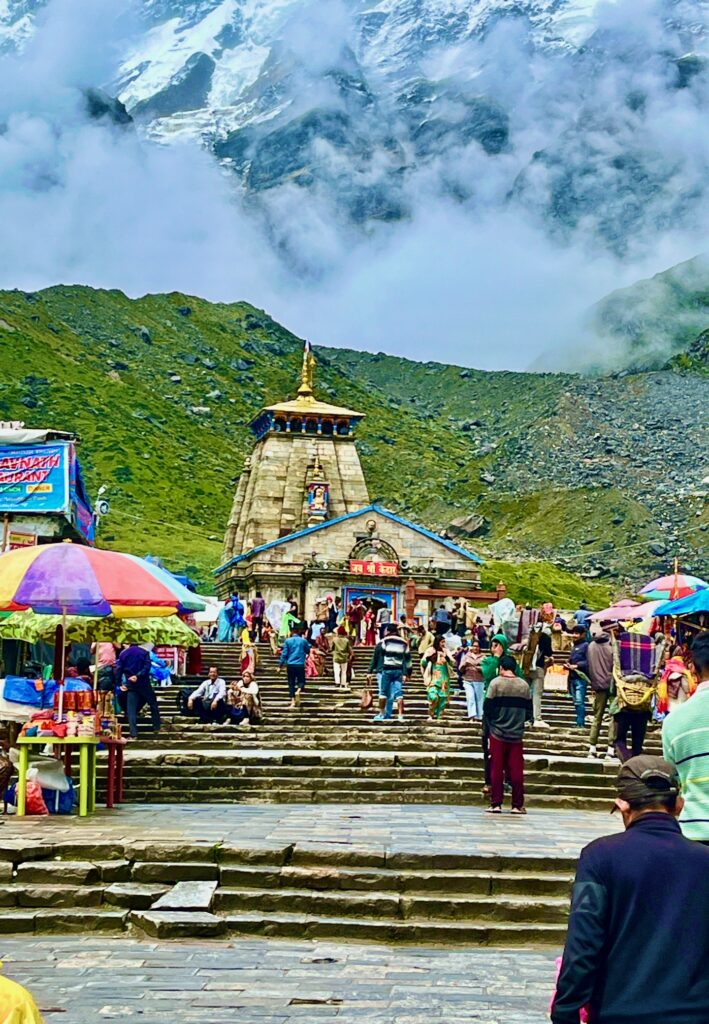
6. Best Time to Visit
Temple opening month: April or May and you can also go in September or October as it is less crowded and house rent is less and you will be able to have a good darshan of Baba Mahadev in very less money.
Month when the temple is closed: November (on Bhai Dooj after Diwali)
During winter, the idol of Lord Shiva is taken to Ukhimath for worship.
Avoid visiting during:
Heavy monsoons (July to August) due to landslides and slippery roads.
Winters (December to March) when the temple is closed.
During that time, there is heavy snowfall and the temple is usually closed.
7. Tips for visitors
Carry warm clothes, jackets, gloves and rain gear.
Bring essential medicines, energy bars and water bottles.
If you have breathing or heart problems, get a medical check-up done before the trek.
Register online or at Sonprayag before the trip.
Keep your identity card and travel registration slip handy.
8. Places to visit near Kedarnath
Bhairavnath Temple – Located close to Kedarnath, dedicated to Bhairav Baba, the guardian of Kedarnath.
Vasuki Tal – A beautiful glacial lake 8 km from the temple.
Triyuginarayan Temple – Believed to be the wedding place of Lord Shiva and Goddess Parvati.
Guptkashi – A religious town with ancient temples like the Vishwanath and Ardhanarishvara Temples.
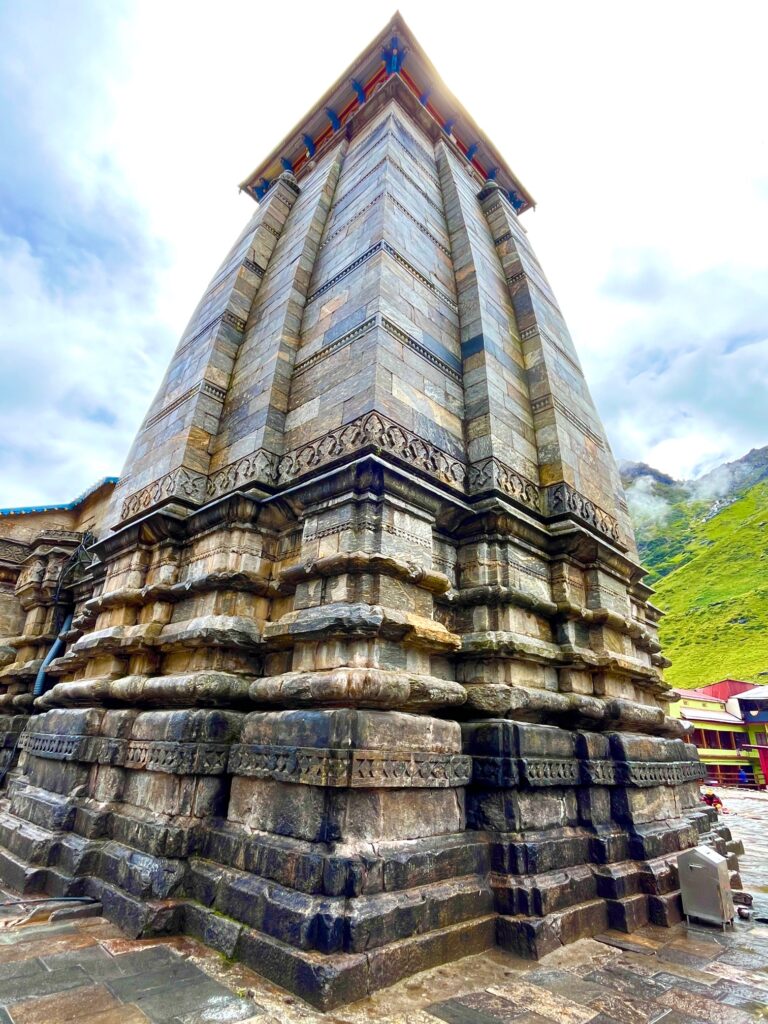
9. Spiritual Experience
People who visit Kedarnath often describe the experience as life-changing. The sound of bells, chants of “Har Har Mahadev”, the serene natural beauty and the feeling of standing at one of the holiest places on earth evoke a sense of deep peace and connection to God.
Conclusion
Kedarnath Temple is not just a religious place – it is a journey of faith, adventure and self-discovery. Whether you are a spiritual seeker or a traveler in search of the beauty of the Himalayas, Kedarnath offers you something that will stay with you forever.
Plan your trip wisely, travel safe and immerse yourself in the divine energy of Kedarnath.
Har Har Mahadev!

